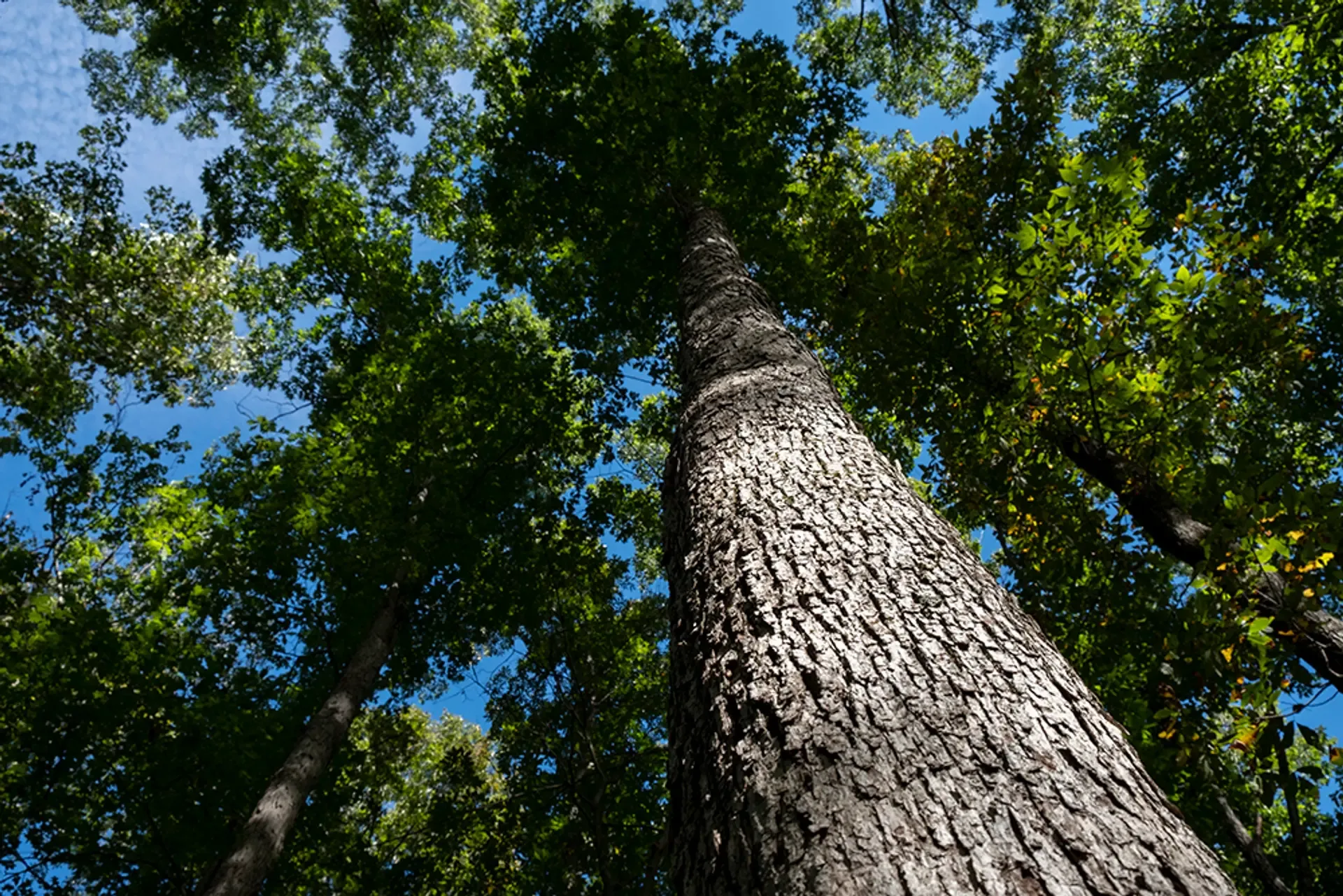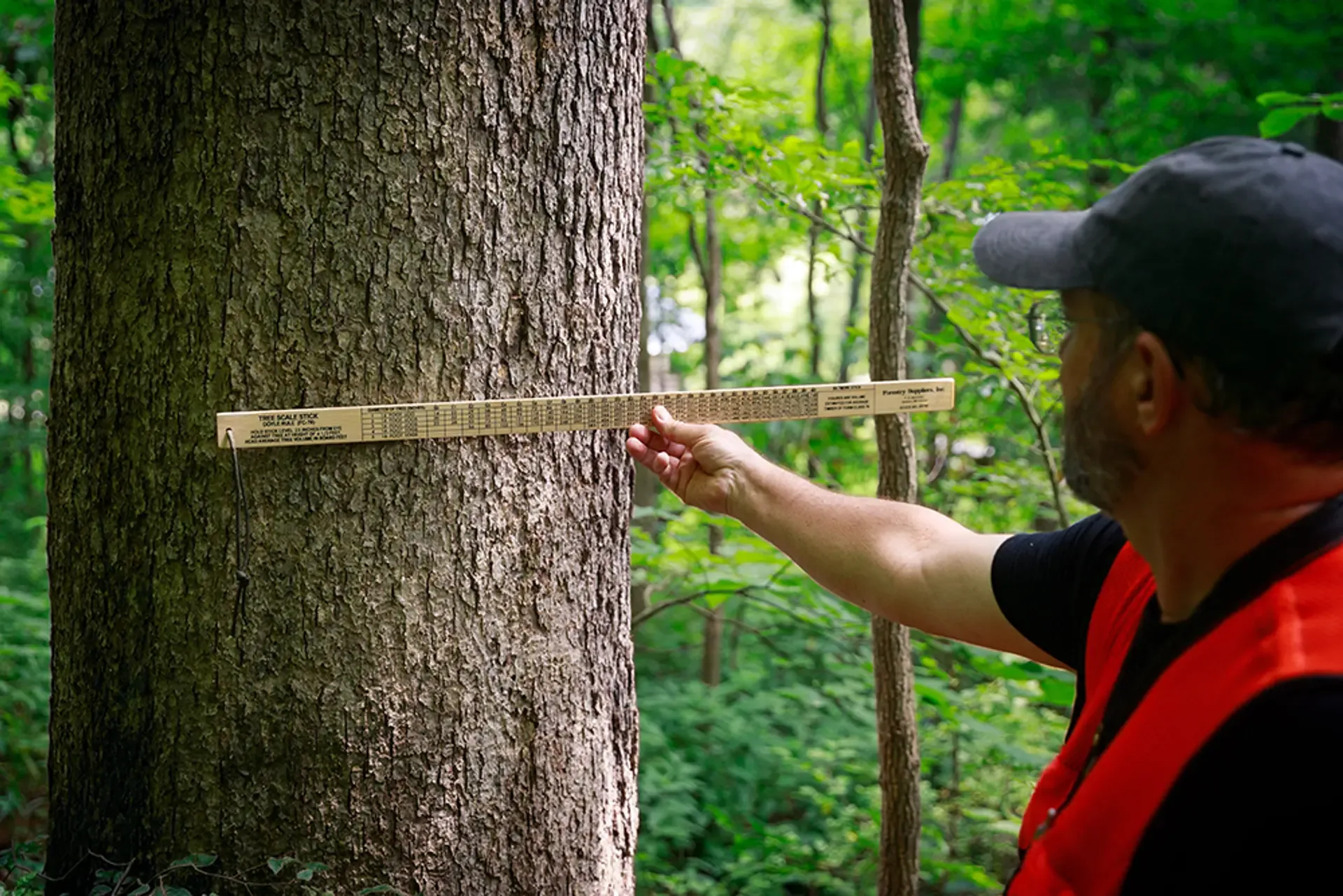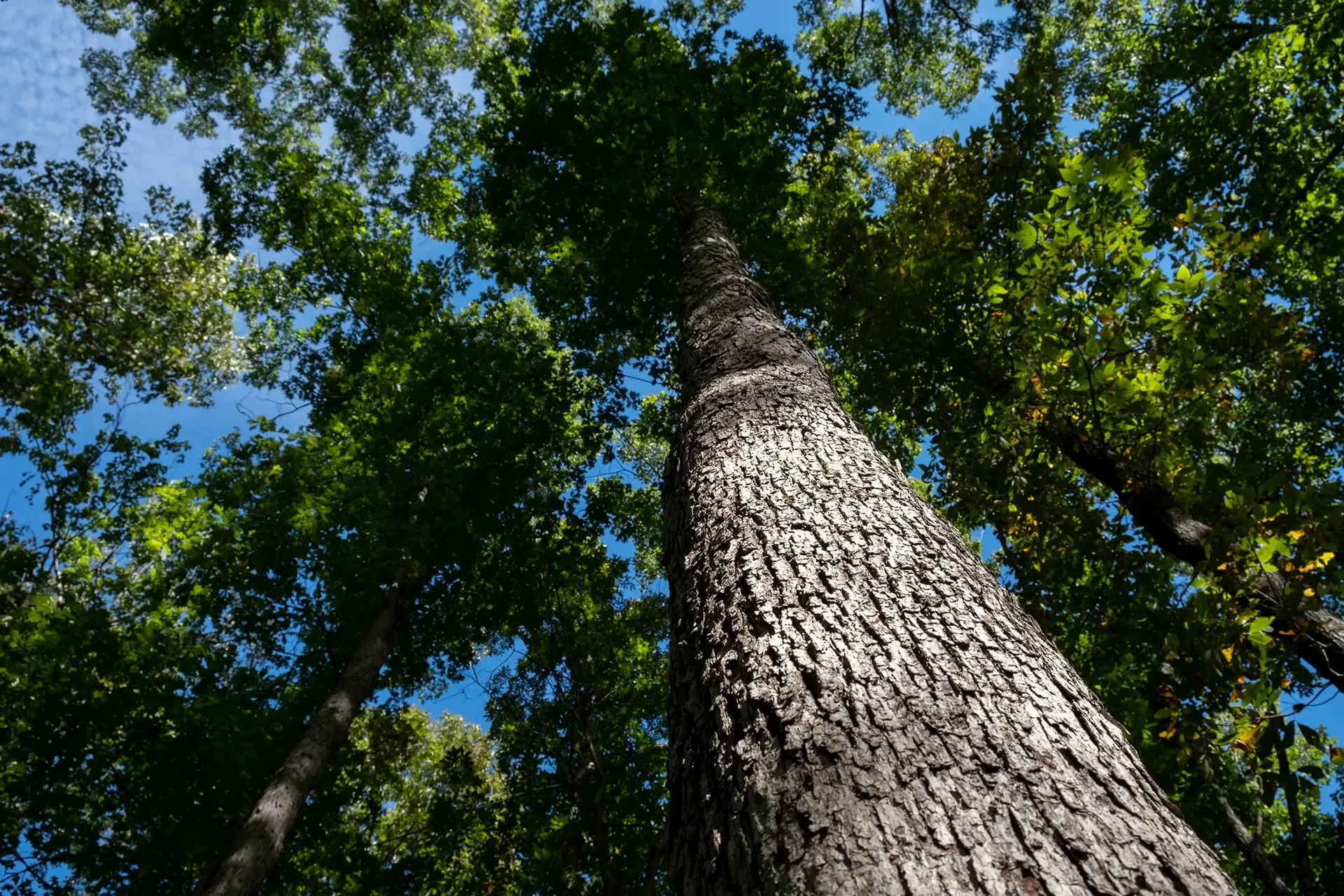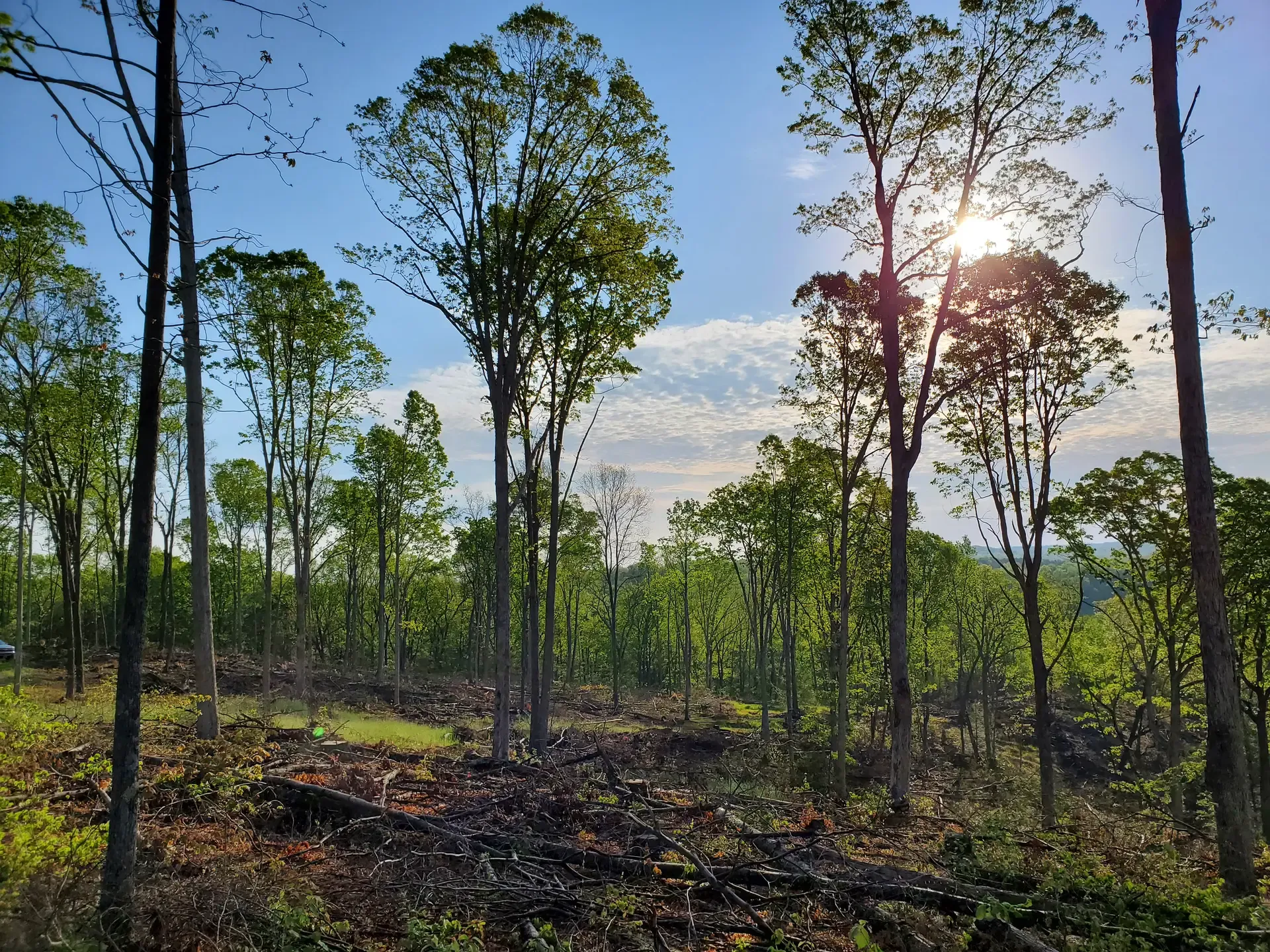America’s White Oak: Resilience in the Face of Change

While driving with my family recently, I noticed a work crew replacing a line of utility poles. At first glance, the poles seemed fine. They were still standing, still holding up their wires. So I wondered, why invest in these new poles, pay labor and engineering costs, and finance this difficult project now when nothing was obviously broken? Turns out, it’s not wise to wait until utility poles break. In order to guarantee that we all have continual access to our cell phones, internet and electricity, we have to invest in better poles before they become damaged or start to deteriorate. In the case of the utility poles, I learned, it’s really about maintaining resilient infrastructure in the face of change and time. The poles might be standing today, but considering communication needs, public health and public safety, we really can’t risk waiting until they’re not. Much in the same way, we can’t wait any longer before doing our part to increase the resilience of America’s white oak forests. As of today, there are enough white oak trees to nurture our wildlife, help clean our water and meet demand for important American industries like furniture, flooring, cabinetry, and wine and spirits. But unfortunately, according to a new report and action plan released today by the White Oak Initiative, white oak forests, and consequently the many economic, social and environmental benefits they provide, are seriously at risk. Shifts in land management and ecological changes are making room for competing species to flourish, preventing white oaks from regenerating sustainably. And as a result, older white oak trees are not being replaced by younger white oak trees at a pace that will support long-term sustainability. Without intervention, the American white oak population will begin to decline significantly within the next 10 to 15 years, with more extreme declines over the next several decades. The good news is that we can reverse the decline of our white oak forests if we invest in them today—essentially, if we invest in a more resilient landscape. Our report identifies and recommends 10 specific forest management practices designed to increase sustainability and resilience across all oak forests. But much in the same way that the White Oak Initiative brings together such a diverse group of partners who care about white oak for myriad reasons, we will need collaboration, support and commitment from a variety of stakeholders including industry leaders, family forest owners, policymakers and more to make it happen. The goal? Increasing resilience for white oak in 3 million forested acres across the United States by 2032 and at least 100 million acres by 2072. White oak trees don’t grow quickly. In fact, they take decades to reach maturity. That’s why we have to invest in them, and the forests where they grow, today, before it’s too late. Our action plan is ambitious, spanning multiple states, industries and decades. But it’s also necessary if we want to maintain the economic, social and environmental benefits of our white oak forests for generations to come. It won’t be easy. But neither is replacing a utility pole.
Related Articles

November 16, 2021
White Oak Initiative Releases Critical Action Plan to Reverse Decline of America’s White Oak Forests
A new report urges industries, policymakers, conservation organizations and landowners to work together to step up efforts to support white oak sustainability.

September 9, 2021
Global Spirits Company Donates $500,000 to Support White Oak Initiative & America’s White Oak Forests
The White Oak Initiative, a diverse coalition of partners committed to the long-term sustainability of America’s white oak forests, today announced that it will receive a $500,000 donation from Beam Suntory’s Yamazaki brand.

July 6, 2021
In It for the Long Haul
The White Oak Initiative is working to create a 50-year strategy to conserve American white oak trees—which support everything from wildlife to key industries like furniture and wine and spirits.